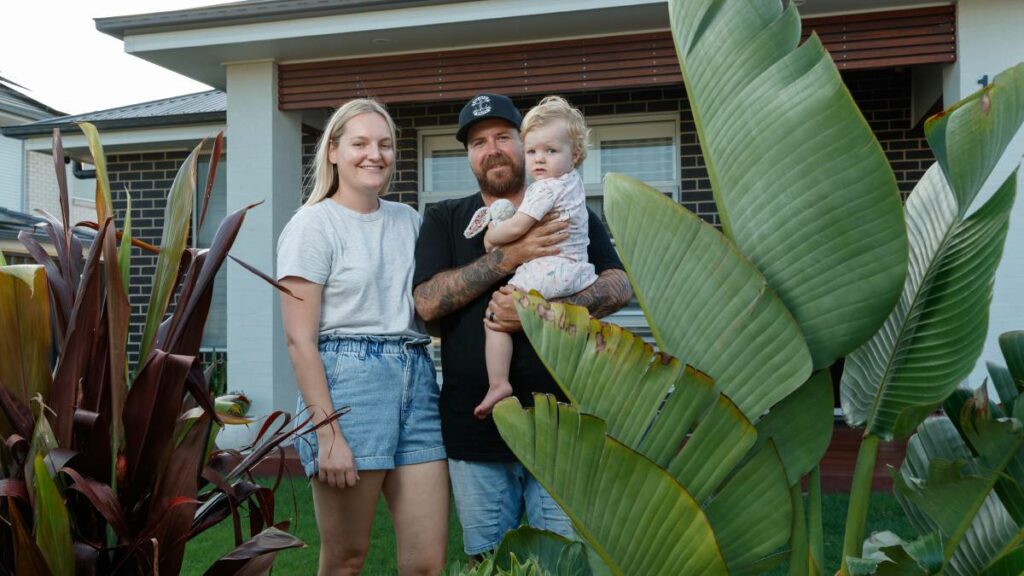Editorial: March 20 2023

HOUSING is perhaps one of the more fraught topics in modern Australian life. Those who are battling to buy now are regularly accused of failing to make sacrifices required in a hot market, while those who bought amid lower prices but higher interest rates sometimes fail to account for the ratio between housing and wages. Either way, there are few who have no opinion about the state of real estate in this country, or who believe all is working well.
On Saturday this newspaper carried the plight of Nicola and Justin Holl, pictured, whose hunt for an affordable home in the region led them to Cliftleigh, where they have discovered a lack of transport and infrastructure options.
Interest rates are doing little to help those attempting to crack into the market for a place to live, but there are other structural problems that lie at the foundation of what is fast becoming a crisis for those who need somewhere to lay their head immediately.
“Population growth in the Hunter continues to exceed NSW projections,” Committee for the Hunter chair Alice Thompson said. “There is capacity for further growth that doesn’t rely on high rises or cutting down every tree. But growing pains such as housing affordability, congestion, overcrowding and inadequate services must be managed so we get the benefits that come with scale and residents’ quality of life is not diminished.”
There are two choices for most who handle policy at any level; a gradual turn, tweaking existing conditions for a steady change, or a sharper bend that can deliver faster results but with more pain and disruption. For those struggling to buy, there is little time to wait but also enough pain to go around.
Ms Thompson also calls for a “far bolder vision” for the Hunter’s economy than the 101,800 dwellings required by 2041 under the existing regional plan. While locking in proper plans is essential, as the present problems show, these woes also require a political will and guidance from leaders. It is perhaps telling that while these problems fester in the Hunter, the NSW election appears focused so clearly on western Sydney.
Both parties must look to the future, not the coming election or even the one beyond that. Platitudes will do little to help housing supply meet demand. For those who untie this knot, though, their political future is likely safe as houses.
